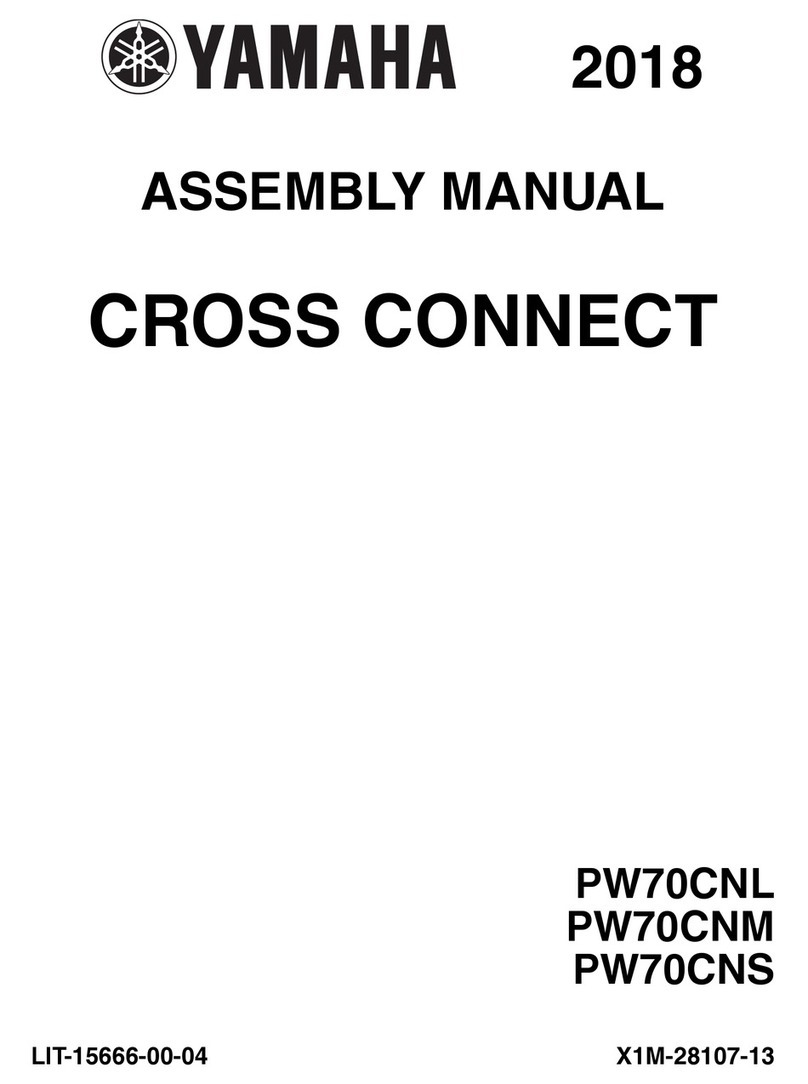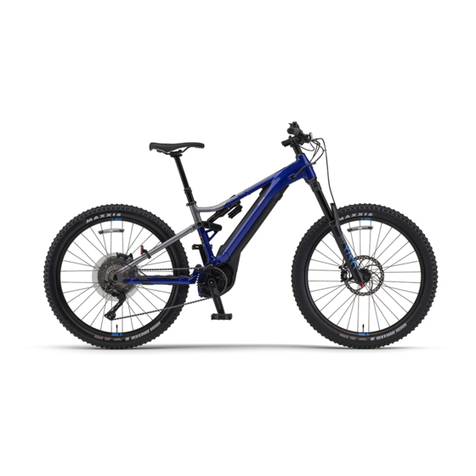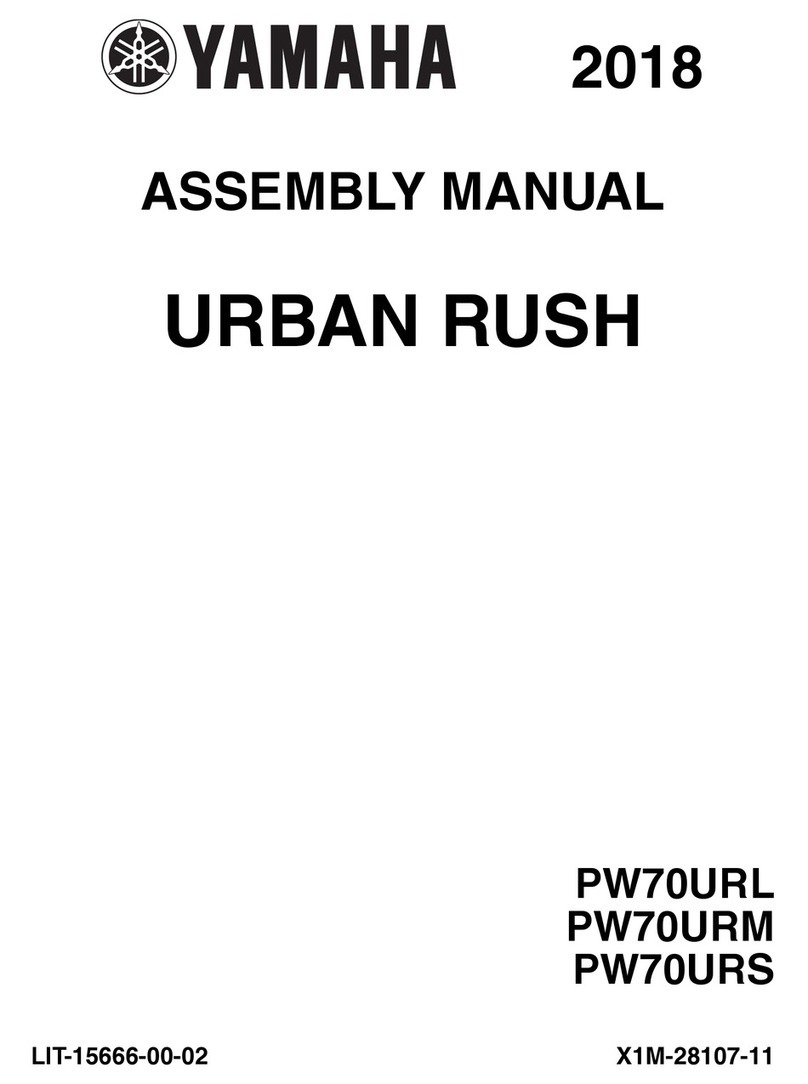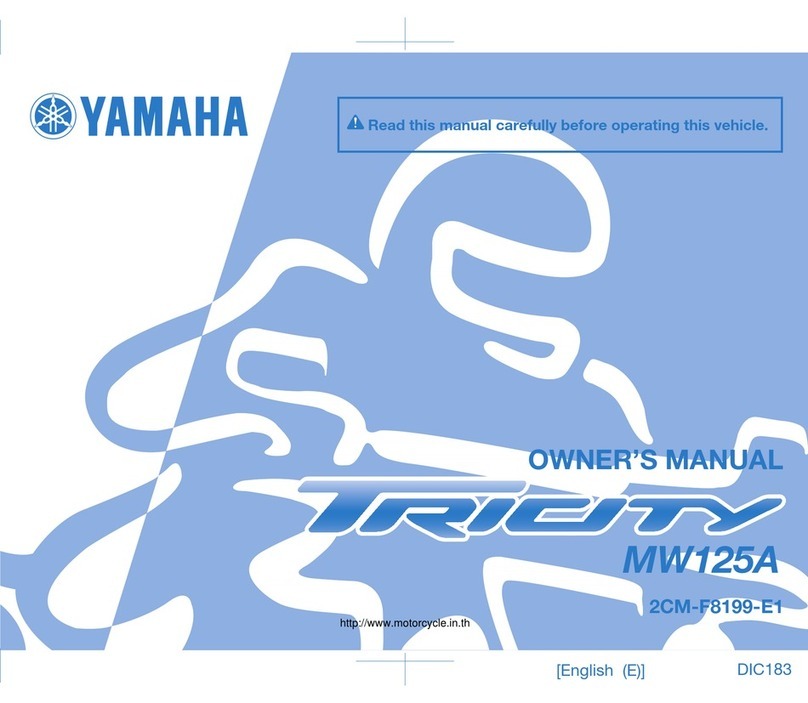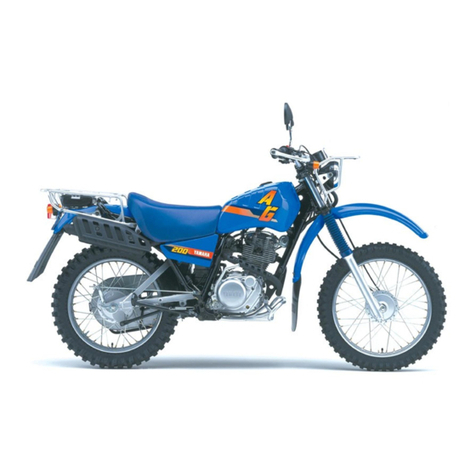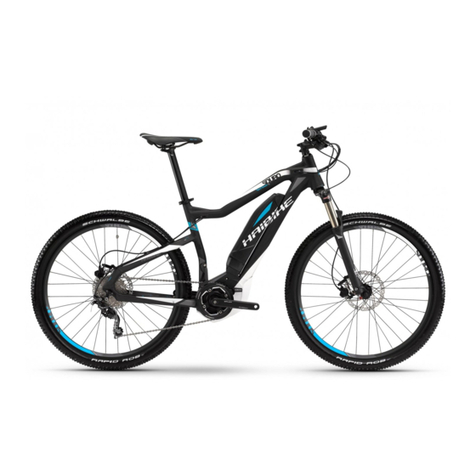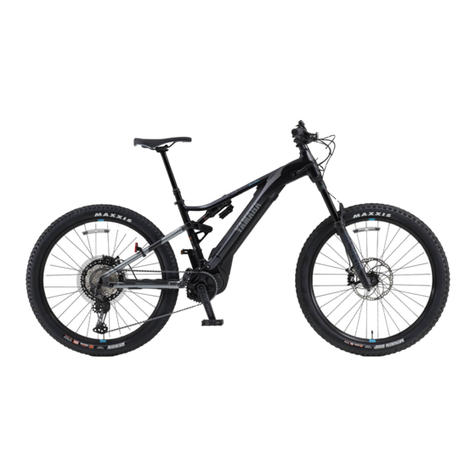CONTENTS
CHAPTER 1 General Information
Description ................................................................................................... P1-1
Precautions relating to maintenance (1).................................................... P1-2
Cleaning and Maintenance ................................................................... P1-2
Keep away from fire.............................................................................. P1-2
Proper tools .......................................................................................... P1-2
Replacement parts................................................................................ P1-3
Precautions for disassembly and reassembly ...................................... P1-3
Handling the Battery Pack .................................................................... P1-4
Servicing Precautions (2)............................................................................ P1-5
Bearing Installation ............................................................................... P1-5
Oil Seal Installation ............................................................................... P1-5
Circlip Installation.................................................................................. P1-5
Precautions relating to maintenance (3).................................................... P1-6
Handling of the torque sensor............................................................... P1-6
Specialized tools and equipment ............................................................... P1-7
CHAPTER 2 Electrical Components
Electrical component wiring diagram ........................................................ P2-1
Battery pack ................................................................................................. P2-2
Battery pack display function ................................................................ P2-2
Error display.......................................................................................... P2-2
How to check the total number of battery charging cycles ................... P2-4
How to check the absolute battery capacity ......................................... P2-5
Charging ....................................................................................................... P2-6
e-Bike system dedicated battery charger ............................................. P2-6
Display on battery capacity indicator lamps while charging.................. P2-7
Diagnosis mode ........................................................................................... P2-8
Recoverable errors of battery pack or battery charger ......................... P2-8
Non-recoverable errors of battery pack .............................................. P2-11
Temperature protection function......................................................... P2-14
Over-discharge protection function..................................................... P2-15
Diagnosis function (LED type display unit)............................................. P2-17
Display unit’s display when there is an error ...................................... P2-17
Operating Procedures to Diagnosis Mode.......................................... P2-19
Diagnosis function (LCD type display unit) ............................................ P2-28
Display unit’s display when there is an error ...................................... P2-28
Operating Procedures to Diagnosis Mode.......................................... P2-30
